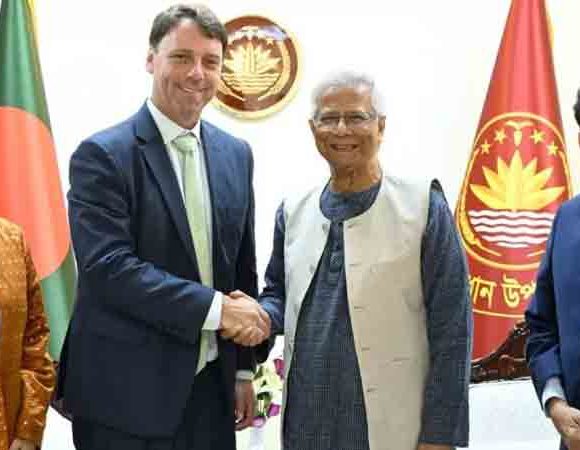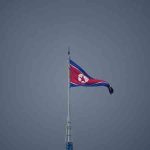CHT Peace Accord and its future based on regional geopolitical imperatives

Lt. Gen. Dr. MOHAMMAD MAHFUZUR RAHMAN
The CHT Peace Accord was signed on December 2, 1997, when I. K. Gujral was the Prime Minister of India, a role he held from 1997 to 1998. Prior to that, he served as the external minister from 1996. The famous Gujral doctrine, based on principles of mutual respect, non-interference, cooperation and not seeking reciprocity with smaller neighbours, had contributed to building trust and confidence between India and its neighbours. Beside other factors, this doctrine played a crucial role in striking a deal with Parbatya Chattagram Jana Samhati Samiti (PCJSS) and its armed group Shanti Bahini in CHT.
It has been 26 years since the signing of the peace accord, but one cannot say for sure that things are peaceful in the CHT. The government signed the peace accord with PCJSS and its armed wings. Now there are four regional political parties with armed wings, and many do not subscribe to the ‘Peace Accord’. In addition, the newly surfaced Kuki Chin National Front (KNF), with the motto “No rest without state” has come up with a transnational dimension, further complicating the CHT situation. The government has given all concessions possible despite the dissatisfaction of many people living in both CHT and other parts of the country. It seems Indira doctrine (India’s security interest requires a role in the South Asian security spectrum) has overshadowed Gujral doctrine over time. The regional groups mentioned are reported to be moving to and fro across the border and enjoying the indulgence of neighbouring politics. The global and regional geopolitics have made the CHT situation more dicey. The sectarian clash in Manipur in India does not seem to be confined within political boundaries. The fighting between Kuki, Mizo and Maiti in Manipur has now sucked Kuki dissident groups from Bangladesh and Myanmar into this vortex. It is reported that KNF from Bangladesh has joined the fighting; the same is the case of Myanmar-based Kuki dissident group joining the struggle. Similarly, if there is a spark in CHT (which can be manufactured by vested quarter), one can expect similar interference in CHT by neighbouring dissident groups making peace accord implementation further complex for Bangladesh. Furthermore, it may be remembered that smaller countries can easily be tamed with security anxiety, democratic deficit and instability, and Bangladesh is no exception.
The other interesting point to note is that unlike in Bangladesh, dissident groups in India or Myanmar are neither claiming to be Indigenous People (that has different connotation and multifaceted ramifications) nor their vested quarters, or so-called intellectuals, in their main stream of subscribing to this issue. In the case example of Manipur, the Kuki and Mizos are declared scheduled tribes, and Maiti, the dominant population, is also claiming the right to be a scheduled tribe.
Meanwhile, despite enormous concessions in the peace accord, Bangladesh failed to satisfy the majority of small ethnic groups in CHT. The law and order situation, gunrunning, and illegal extortion are all on the rise, meaning concessions may not be the answer to a durable peace accord.
Bangladesh, following an ethical foreign policy in this sector, especially in the last one and a half decades, has never interfered with the internal issues of neighbours; on the contrary, it has followed the policy of ‘Zero Tolerance’ of not allowing its land to be used by dissident groups of neighbours. That has immensely benefited both our neighbours in our South East. However, reciprocity seems to be in short supply. Sources reveal some of our regional political groups have a logistical foothold, including families settled in neighbouring countries.
As a student of security studies, I understand the movement in our South East has a trans-border dimension. Since it is trans-border or transnational, a single-country approach to resolving the CHT issue will be far short of the expected result. Interestingly, our South East is now part of the regional geopolitical landscape, and issues like CHT and Rohingya refugees are part of the geopolitical subsystem.
Resolving the CHT issue now needs a regional geopolitical approach; the Peace Accord of 1997 seems out of place. A regional approach taking India and Myanmar on board may be a pragmatic approach to buttressing the CHT Peace Accord of 1997.
♦ Lieutenant General Mohammad Mahfuzur Rahman, Ph.D., is a retired officer of the Bangladesh Army and a Security Analyst. He is also a former Principal Staff Officer of Prime Minister’s Office.

















